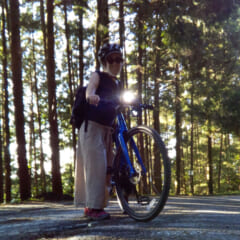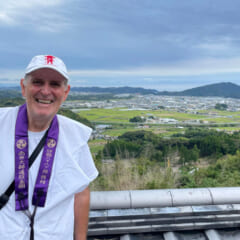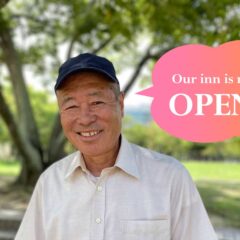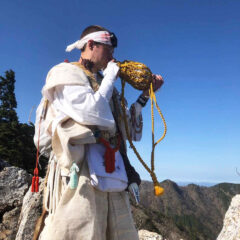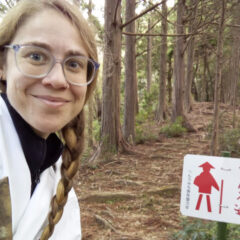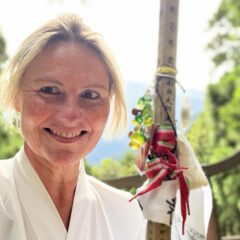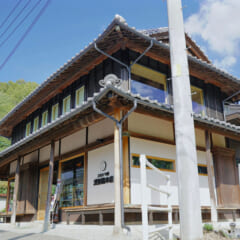わたしの四国旅 (3) 旅した人:ヴィアーストラータ昌子さん
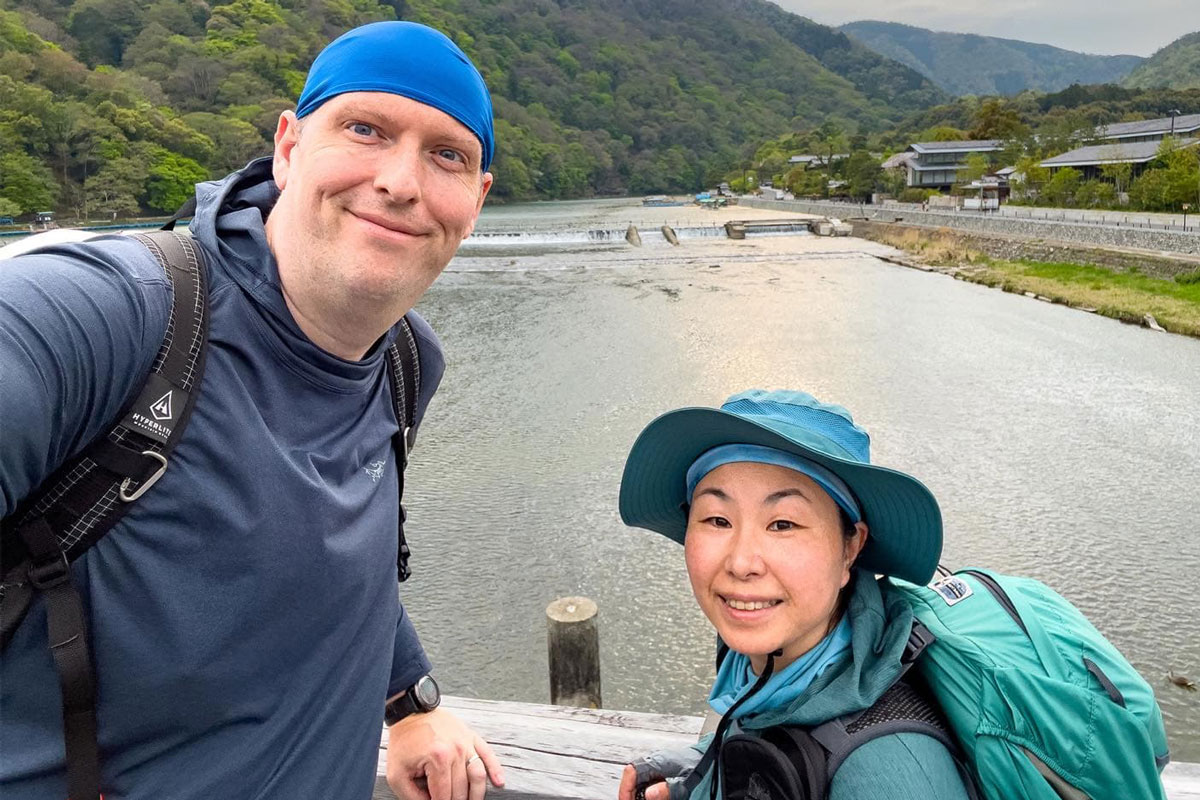
![]() Masako Vierstraete, Japan (Photo with her husband Erik)
Masako Vierstraete, Japan (Photo with her husband Erik)![]() Complete Shikoku Pilgrimage
Complete Shikoku Pilgrimage
The unpaved path is not always the best path.
More than 70% of the 1200km long route of the Shikoku Pilgrimage is concrete paved roads. And even this may still be underestimated; it could be nearly 80%.
When foreigners become interested in the Shikoku Pilgrimage, the first question almost always asked is, “are all trails unpaved and natural?”.
Usually, an obvious disappointment in their facial expression or tone of voice follows when they are given the fact above. Some people would lose interest at this point and look for another option elsewhere in the world.
But are paved roads all bad and valueless as long-distance trails?
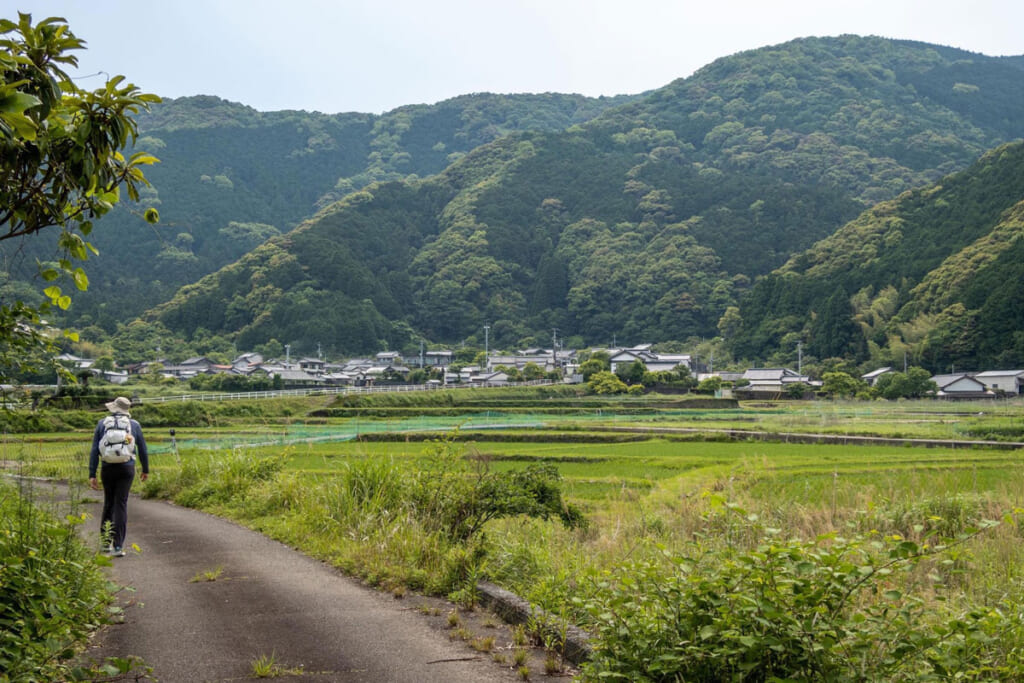
Although the Shikoku Pilgrimage is the best long-distance trail in Japan, my answer to this question is that it depends on what you are looking for along the route.
I’ve seen people who totally believe that everywhere in Japan is like the center of Tokyo: high-tech, a concrete jungle of skyscrapers, crazy human floods on Shibuya crossings, and weird themed shops where the most advanced robots are working. If not that extreme, many people imagine, from the “mostly paved” words of my answer, that they will have to walk through nature-less concrete buildings and cities.
They probably don’t know that forests actually cover two-thirds of Japan’s land.
Another opposite extreme is that some others think walking historic pilgrimage trails means walking the entire way through ancient temples and shrines like in some parts of Kyoto and Nara and traditional thatched-roof farmers’ houses in the deep mountain villages.
Unfortunately, unlike the old European cities, it is extremely difficult to conserve historic townscapes and buildings in Japan due to the continuous destruction by natural disasters. Kyoto and Nara were, in a way, just lucky.
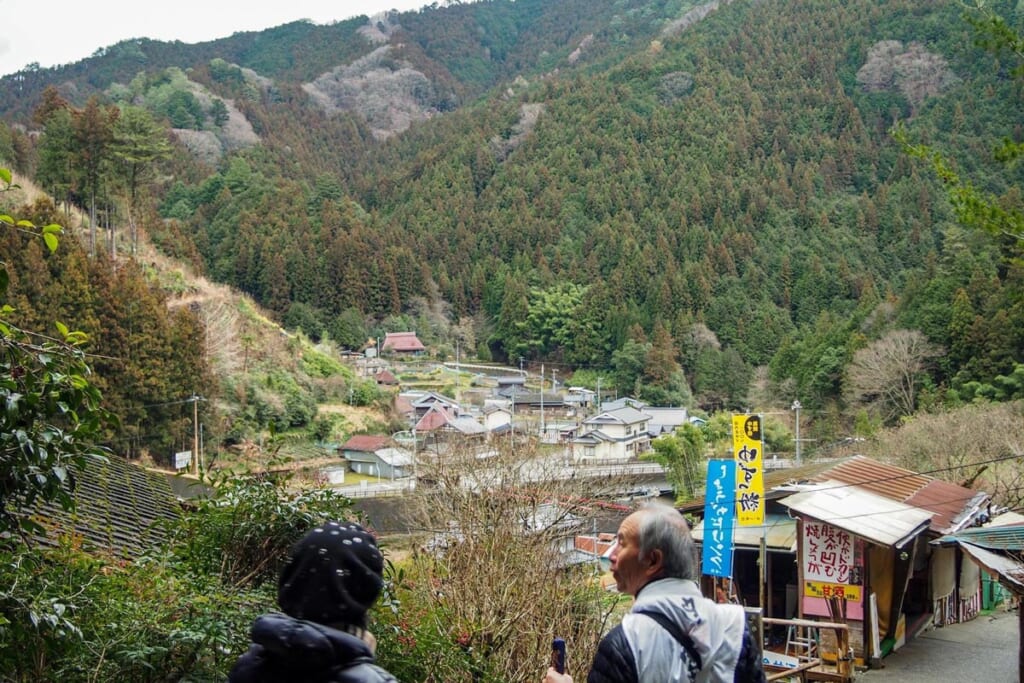
So, what you will see in Shikoku will be between both of those realities; ordinary small rural towns along the coastal areas and isolated tiny villages in the mountains.
When we look at how the Shikoku Pilgrimage route was drawn, isn’t it unrealistic to expect most parts to be unpaved natural trails?
During the medieval age, when the Shikoku Pilgrimage was taking shape, it was only for a particular type of person such as monks or practitioners of mountain asceticism. Later, in the early modern period, ordinary people took over as the main group of pilgrims in Japan. They would walk on the same standard traffic roads that merchants, porters, and all other general travelers used. Did they all need or want to seek the most strenuous and untouched mountain trails to take to their destinations? Certainly not. Did they want to carry several days’worth of food and water, and sleep outside every night while walking? Of course not. That’s why the general travel routes were drawn to connect villages with shops and accommodation for convenience.
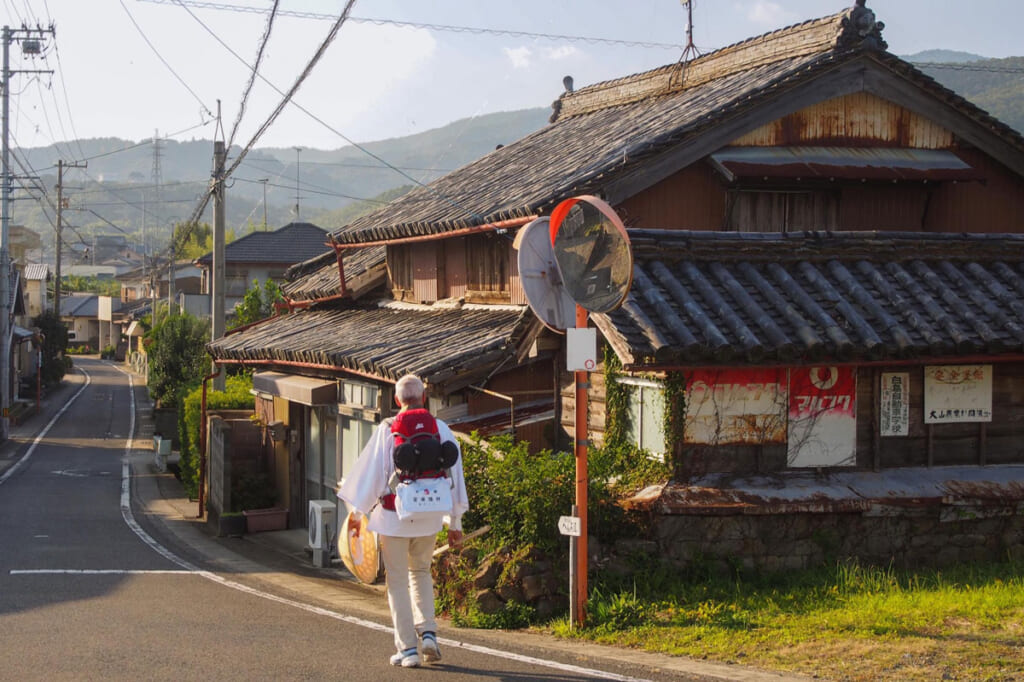
Still, those routes had frequent mountain trail parts. Since about 75% of Japan is made up of mountains and hills, people could not travel anywhere without crossing them back then. Even so, people tried to take the most efficient and easiest way possible to get through the mountains. Whether a path had stunning scenery or was fun to hike was not the priority to be considered.
After the modern-day motor vehicle era started, the general travel routes were paved and technology allowed travelers to go through tunnels and cross bridges to avoid mountains. Most of the historical travel routes became paved roads. The hikers’ sentiment from just short-term visitors is that they want unpaved natural trails as much as possible… but do we realize that it is selfish to think the residents have to stay in an inconvenient environment and put up with unnecessary hardships in their daily lives as a result?
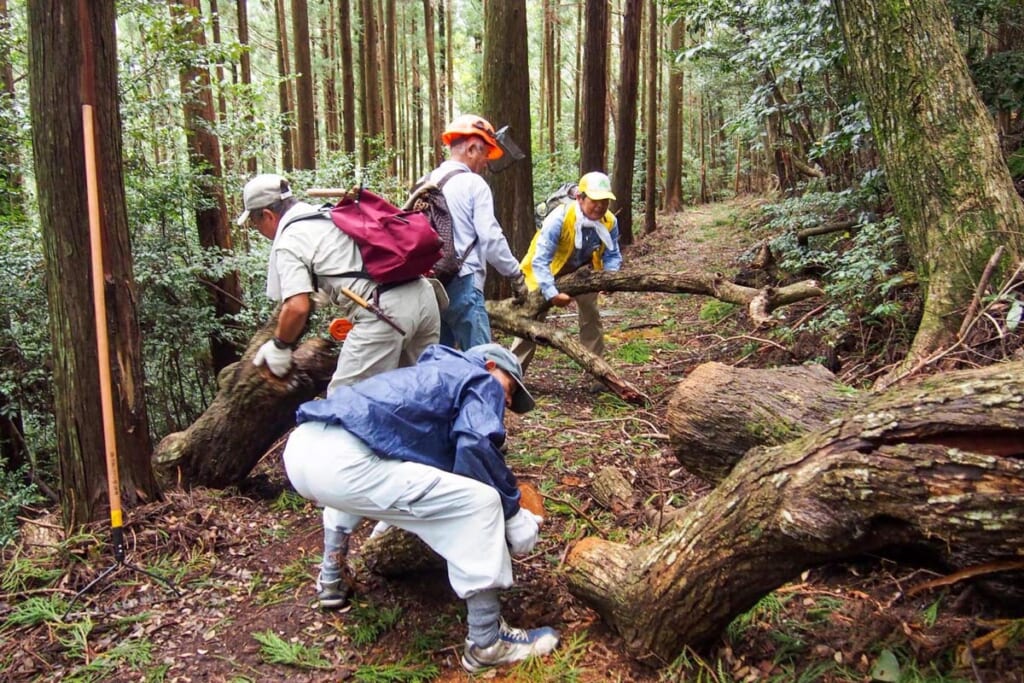
So, when you consider whether walking on the Shikoku Pilgrimage route is for you, think about this first: what would you look for along the trail?
If your answer is wonderful nature, ideally being the only human on the trail in beautiful Japanese mountains far away from all the advanced technologies of modern society for several successive days? Then sadly, no such long-distance trails exist in Japan. Probably, you don’t need to come all the way to Japan to be alone in nature. Besides, wild camping, even in the mountains, is not widely accepted in Japan as many of the mountains and natural land is private property.
But the Shikoku Pilgrimage is the best of all Japanese trails if you want to see the real life of the Japanese countryside, traditions, history, and culture.
I have walked many other long-distance trails in Japan but have yet to see any other place where you can interact with local people as much as in Shikoku. Yes, many sites claim their trails offer interactions with locals. Still, you want genuinely impromptu chats with residents who happen to be there, not with locals who run/work for tourist activities that make local specialties.
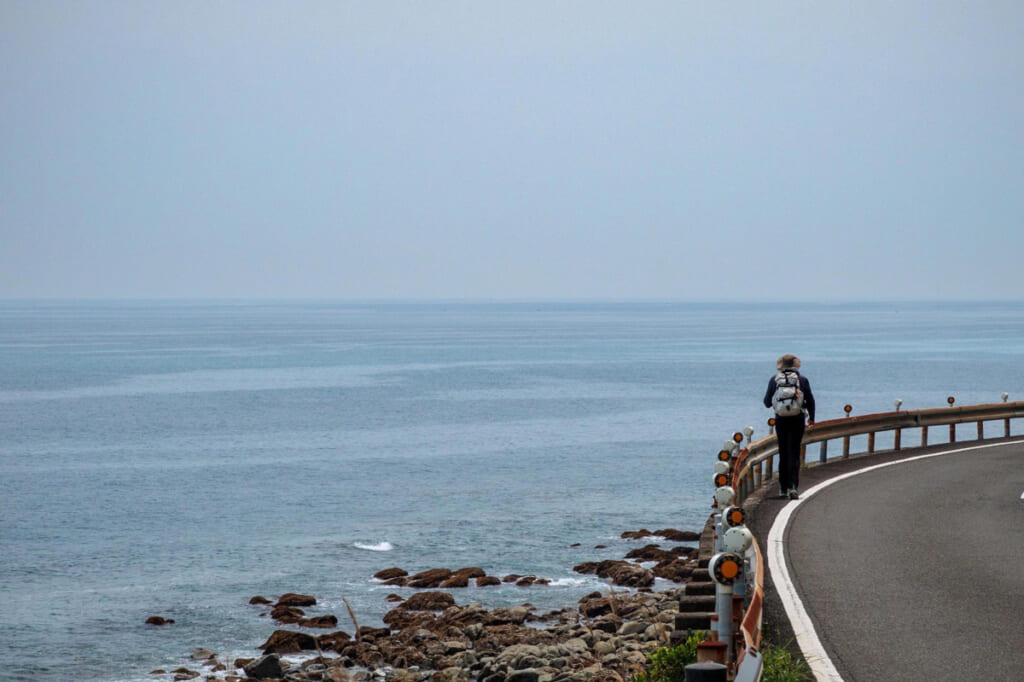
Shikoku is very much countryside; that’s how the Japanese generally see it. Especially Tokushima and Kochi prefectures. They are always in Japan’s top five least populated prefectures list. On the Shikoku Pilgrimage, along its 80% paved parts, you will never see anything like the center of Tokyo or Osaka. Instead, you will see idyllic farm villages, rice paddies, and small fishery ports. Farmers and fishermen will be working right there while you pass by, and mountains are always in the background. Unlike regular Japanese people, they are not shy about talking to strangers from outside their village, even if they don’t speak English. This is thanks to the long history of pilgrims passing the road in front of their homes.
There will be some days you see the blue Pacific Ocean on your one side and walk along a coastal line road all day. The scenery along the pilgrimage route is not monotonous.
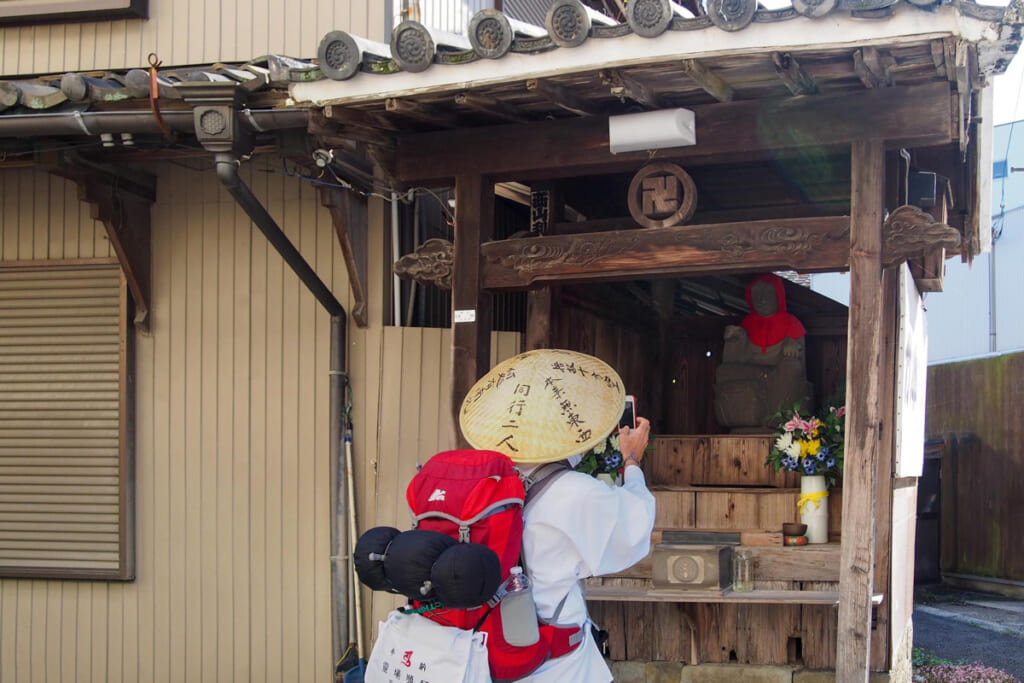
Because you are not in the isolated mountains for several days but can walk through a town with shops and lodges almost every day, the Shikoku Pilgrimage is a very beginner/non-hiker-friendly tail. You don’t have to carry food and supplies, can easily assess accommodation and public transportation, and can get help immediately in an emergency.
In this environment, you can flexibly adjust and control your daily walking distance, so you don’t have to push yourself too much from the start, which could result in you getting injured from overdoing things.
If you pay attention to the roadsides of the paved trail, you will find several old stone route signs, standing there for centuries to point the direction to the next temple for pilgrims. Some small rocks placed on the roadside are gravestones of the poor old pilgrims who lost their lives on the way and were buried there.
The paved roads are the footsteps of all past pilgrims walking before you through the over one thousand-year history. You are walking on history.
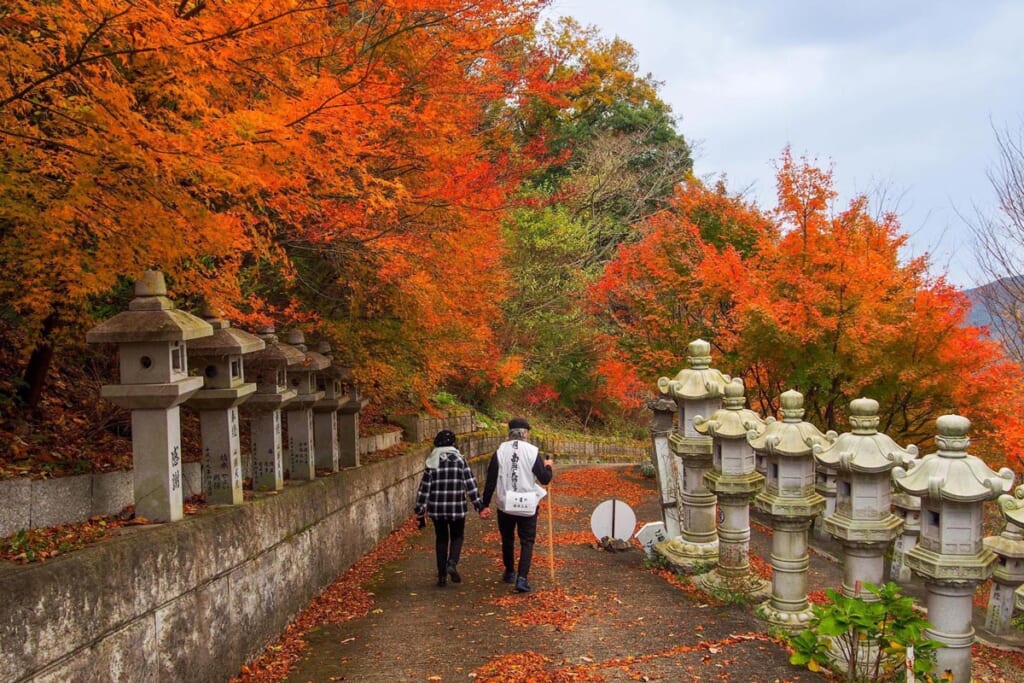
An increasing number of international pilgrims come to walk the Shikoku Pilgrimage. When they finish their journey, I have never heard anyone complain about how few trails were unpaved. Instead, they cannot stop talking about their amazing and eye-opening experiences while walking, especially meeting the local people and having meaningful interactions with them. Quite a few of them return to the Shikoku Pilgrimage again and again.
An international pilgrim said, “Whenever people in my country asked me about traveling to Japan, I told them not to go to Tokyo or other big cities. If you want to feel the real Japan, go to Shikoku. It was a beautiful experience to touch the real Japan, the traditional culture, and the kindness of local people. It was an extraordinary experience for me because now I feel I am more open-minded.”
Het ongeplaveide pad is niet altijd het beste pad.
by Erik Vierstraete

